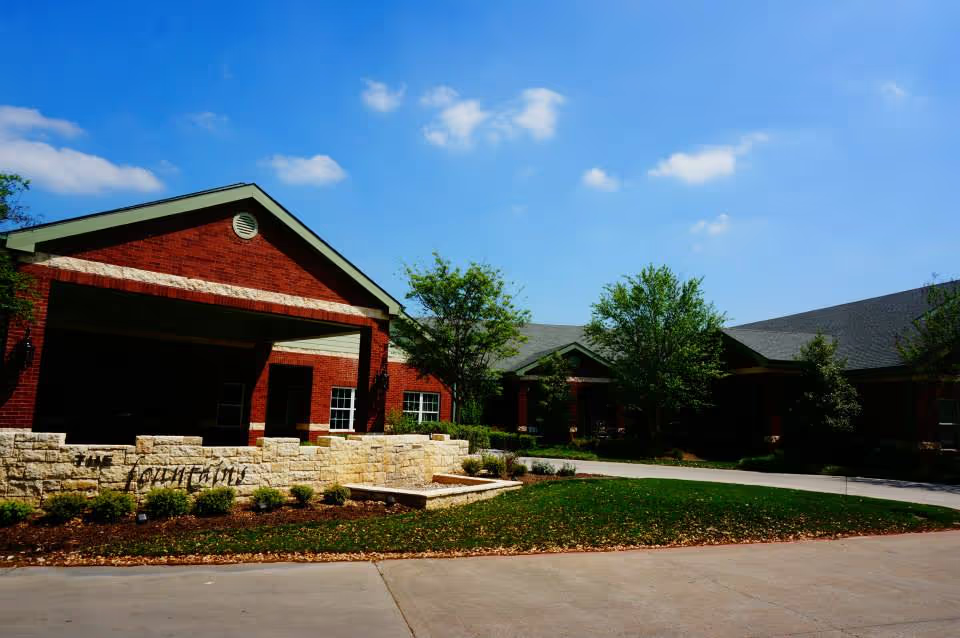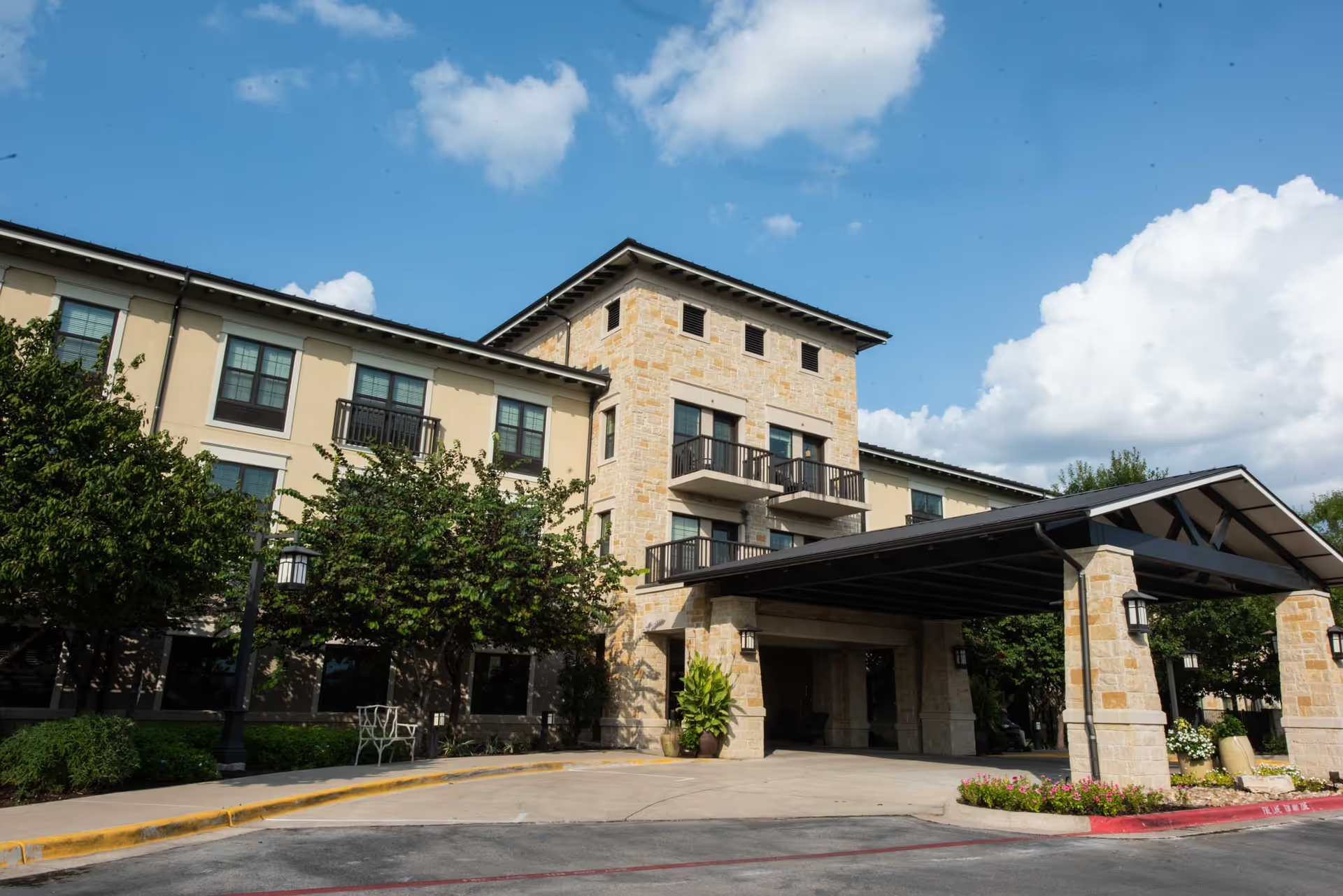These reviews portray Landmark Nursing & Rehabilitation Center of West Monroe as a facility with highly polarized experiences: many families and residents praise specific departments and staff members, while others report serious and systemic problems. The most consistent strengths cited are the therapy department and a subset of compassionate, skilled staff. Multiple reviewers say therapy “saved” or greatly improved function for their loved ones, and rehabilitation outcomes are frequently called out as a major asset. Individual caregivers, including CNAs and some nurses, receive high praise for compassion, attentiveness, and making residents feel like family. Residents and family members also often appreciate the social programming — bingo, church services, evening entertainment, beauty shop access, and a busy activities calendar — which contributes to a positive atmosphere for many long-term residents. Several reviewers describe the facility as clean, friendly, and a place they would recommend or choose to live in long-term.
Despite these positives, a substantial number of reviews describe troubling operational and clinical problems. The primary negative theme is inconsistency in nursing and clinical care: while some nurses and aides are described as excellent, others are described as unresponsive, inattentive, or neglectful. Night shifts are highlighted repeatedly as understaffed, with reports that a single CNA may be responsible for 20–30 residents. This staffing pressure appears linked to missed care events such as lack of assistance with feeding, unattended residents, and delayed response to clinical deterioration. Several reviewers report serious clinical oversights — failure to detect seizures, unrecognized urinary tract or kidney infections until late, and at least one report of a resident who died within two hours of hospital admission after being transferred from the facility. These accounts suggest potential gaps in monitoring, assessment, and escalation of care.
Discharge planning and care coordination emerge as another prominent negative pattern. Multiple reviews say that home health, oxygen, or other required services were not in place at discharge, and that discharge processes were mismanaged or poorly communicated. Families describe being told setup problems were due to a fax machine or other logistical excuses. Poor communication extends to general accessibility — family members reporting difficulty reaching staff or getting clear answers about clinical status or resident belongings. Related to coordination issues are repeated reports of missing or stolen personal items (clothing, dentures), wrong dentures provided, and poor handling of residents’ possessions. These lapses in transitions and property management have caused significant distress for several reviewers.
Environmental and safety concerns are reported by a subset of reviewers: allegations of unsanitary conditions, filthy masks, water on floors, and theft. Falls and other hazards are specifically mentioned. There are also accounts of care access being restricted during shutdowns — for example, blocked podiatry and lack of foot care — which further contributed to declines in some residents’ health. Food and dining receive mixed comments: while many say the food is excellent and the dining experience is positive, others complain the food is inconsistent and sometimes overly salty or overly sweet, indicating variability in meal quality.
Management and culture are described unevenly. Several reviewers feel administration is disengaged or focused on titles rather than resident care, while others praise administrative responsiveness. This mixed perception suggests that leadership and culture may be inconsistent across shifts or units. Notably, the therapy department and certain long-tenured staff seem to represent institutional strengths, whereas nursing coverage (especially at night) and discharge logistics represent recurrent weaknesses. The overall tone across reviews is bipolar: some families and residents consider Landmark to be the best option locally with loving staff and excellent therapy, while others warn to avoid the facility due to neglect, safety incidents, and administrative failures.
In summary, Landmark shows clear areas of excellence — particularly in therapy/rehabilitation, several compassionate individual caregivers, active resident programming, and in some cases cleanliness and good food. However, consistent and serious concerns appear around nursing consistency, night staffing levels, care coordination at discharge, communication with families, loss/theft of belongings, and occasional reports of significant clinical failures and safety hazards. Prospective residents and families should weigh the facility's strong rehabilitation services and praised staff against documented risks in nursing consistency and discharge planning. If considering Landmark, ask targeted questions about nurse-to-resident ratios (especially nights), discharge procedures (home health and oxygen setup confirmation), protocols for monitoring acute changes, handling of personal belongings, and measures leadership has put in place to address the adverse events described by multiple reviewers.







